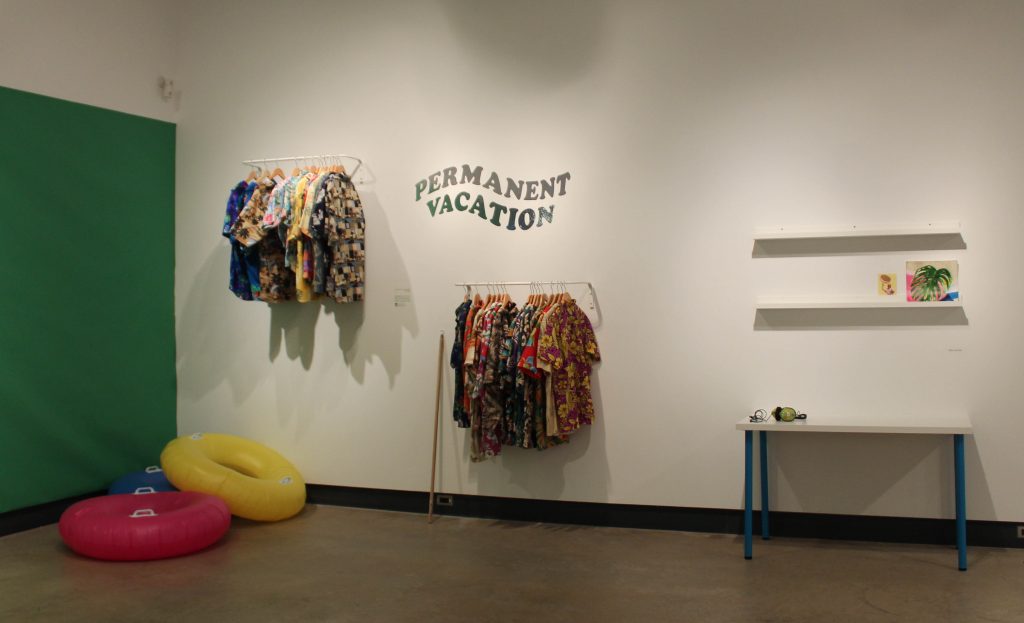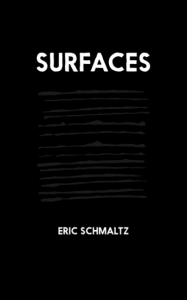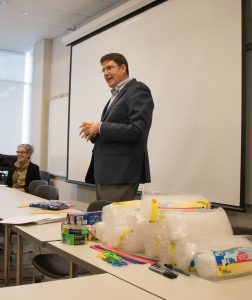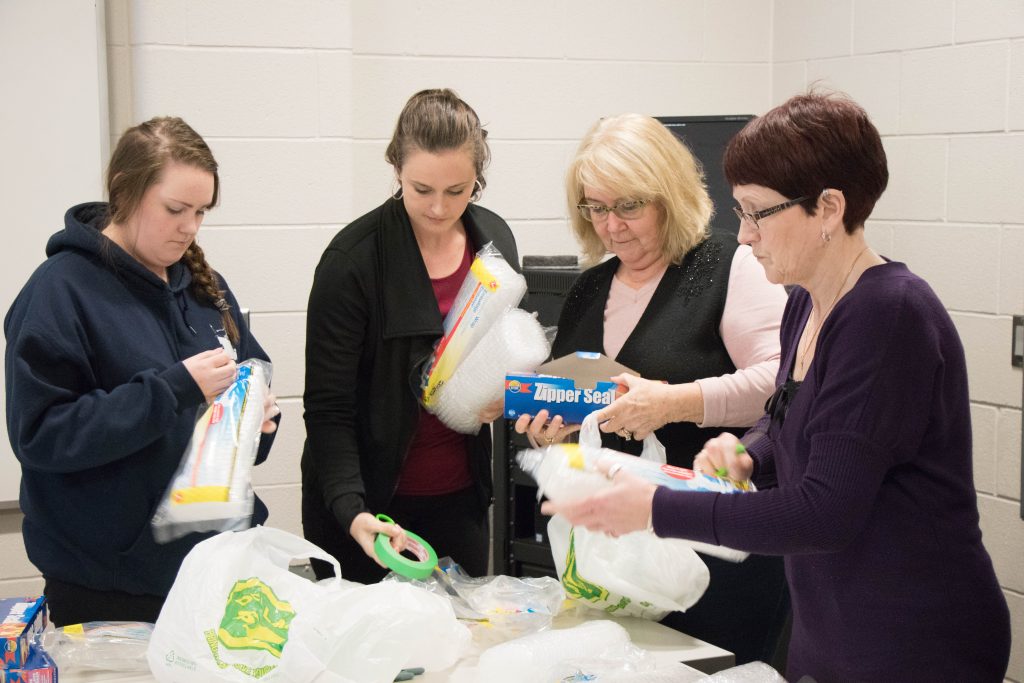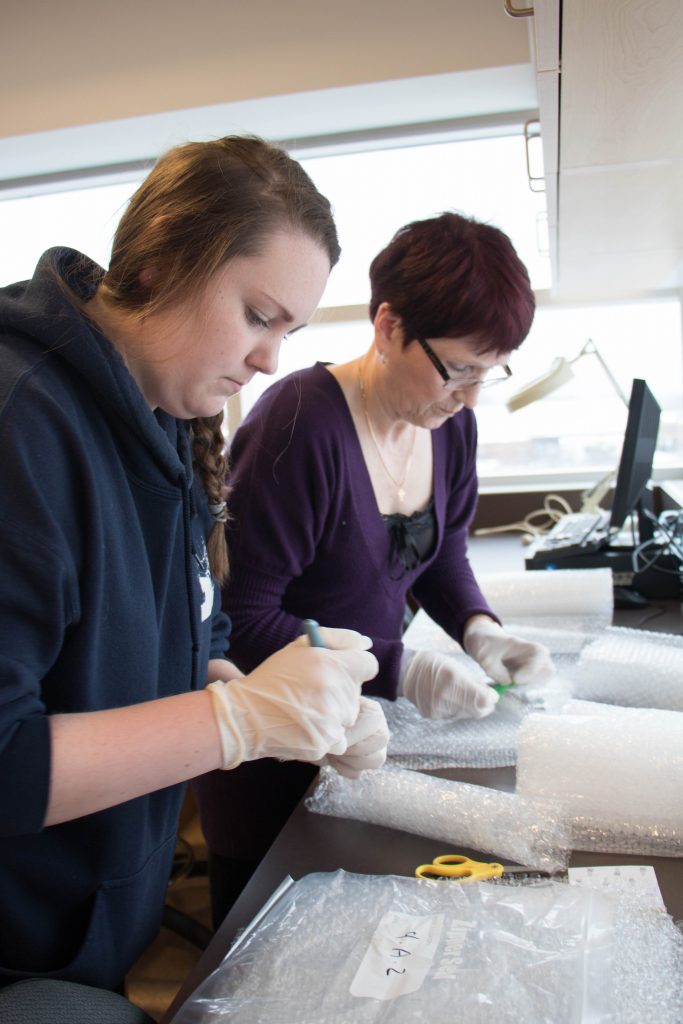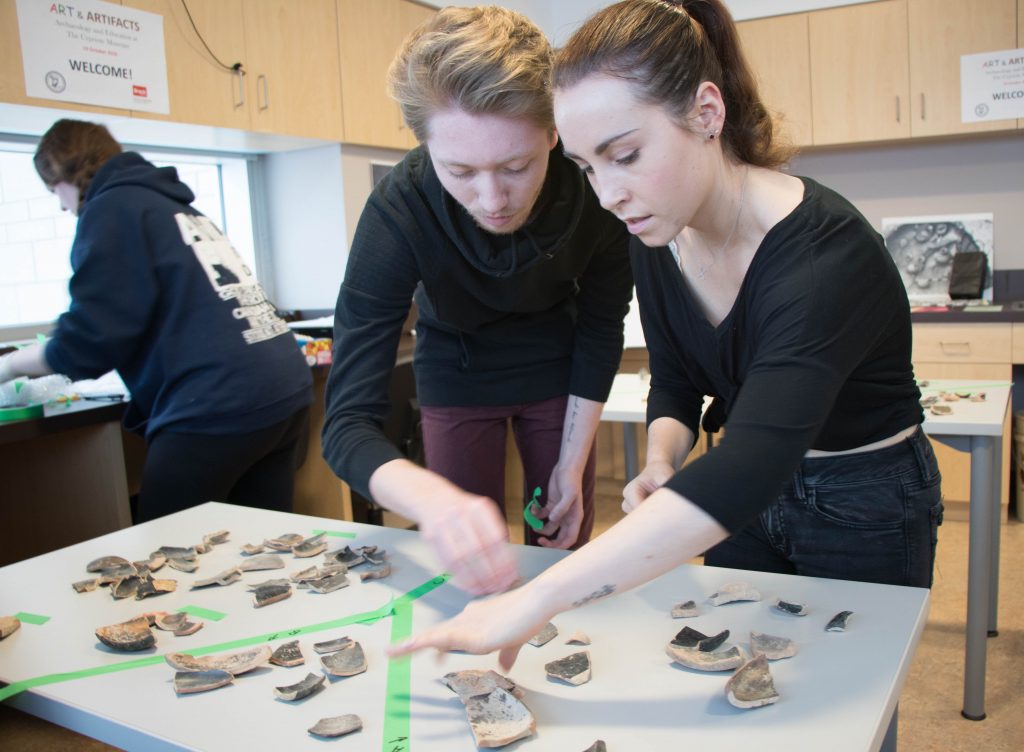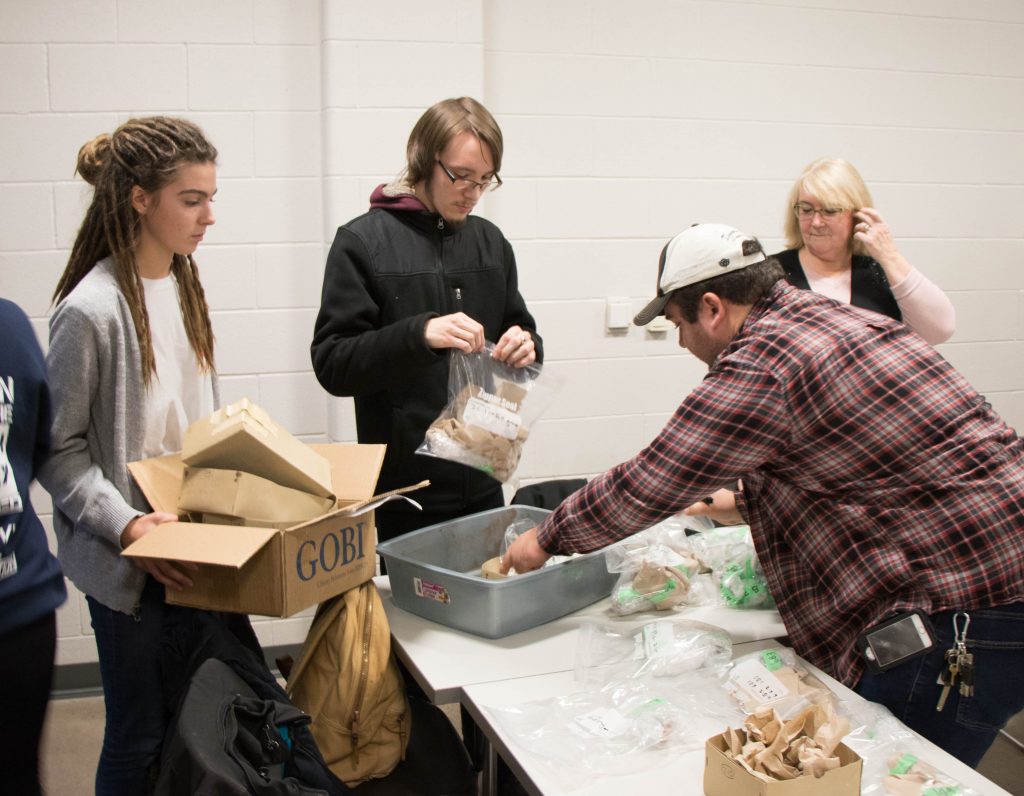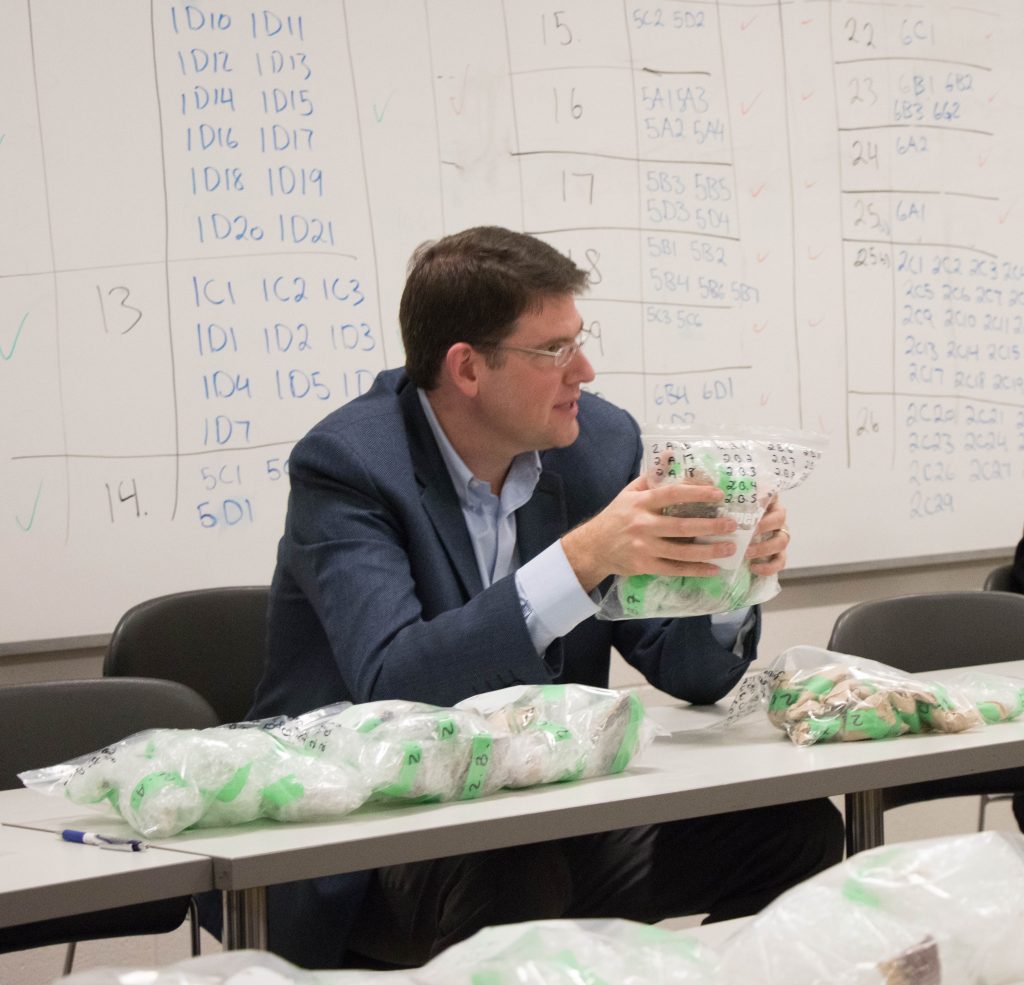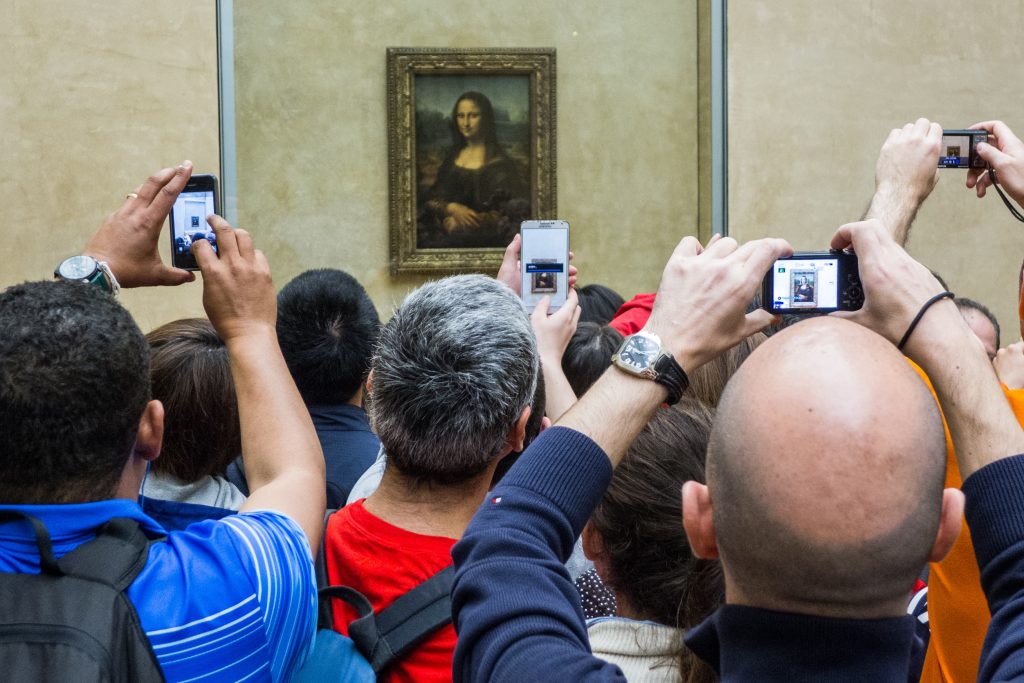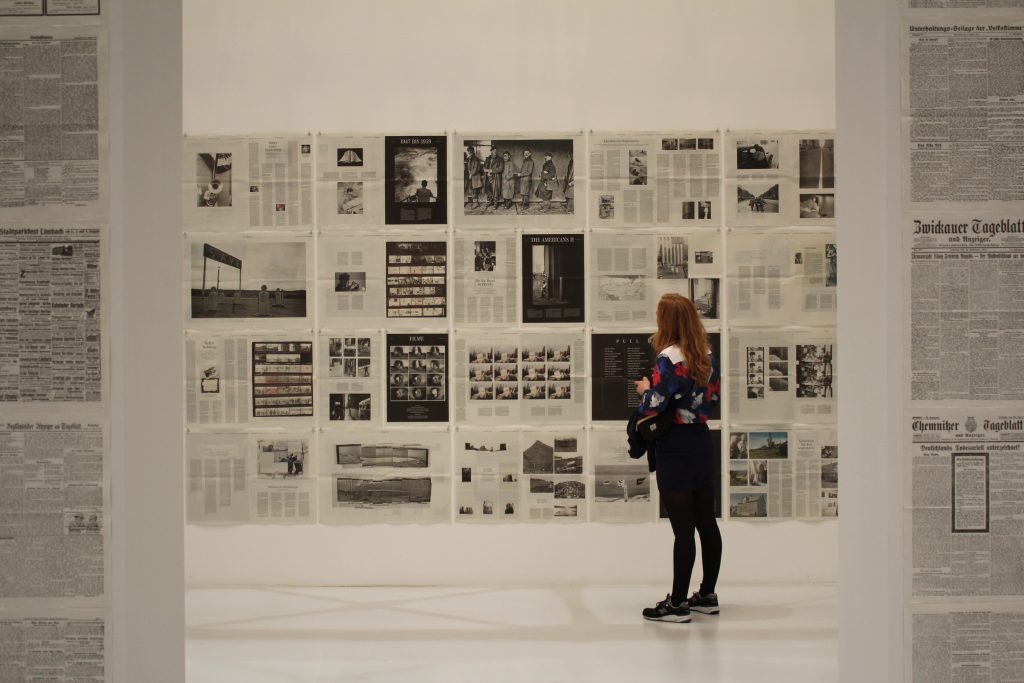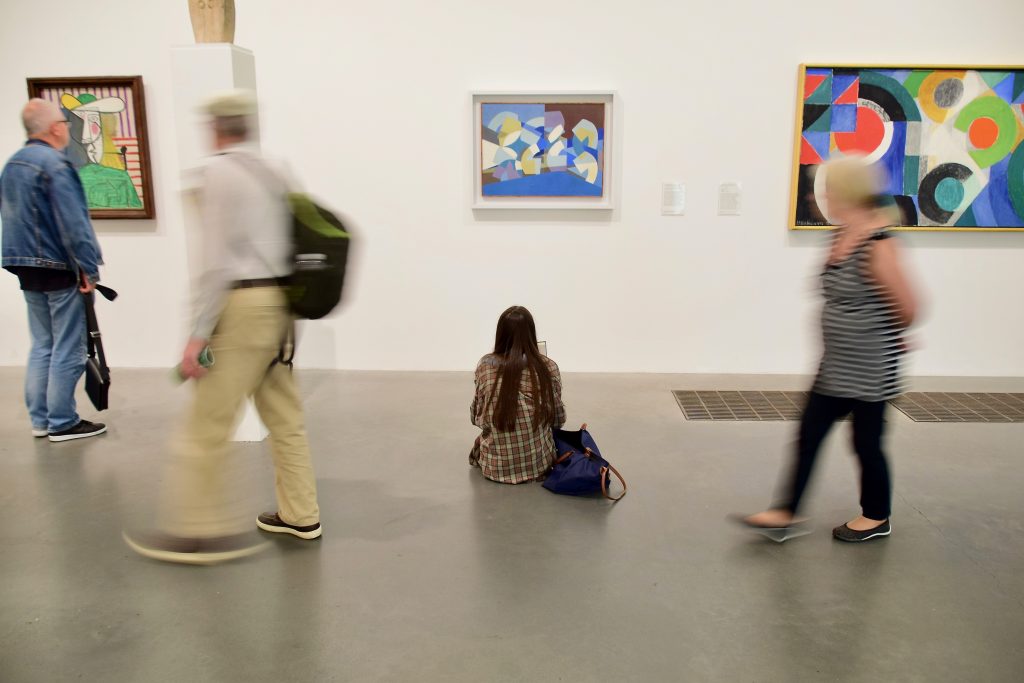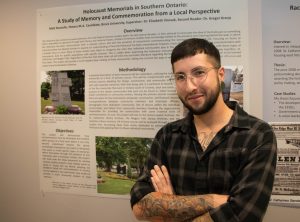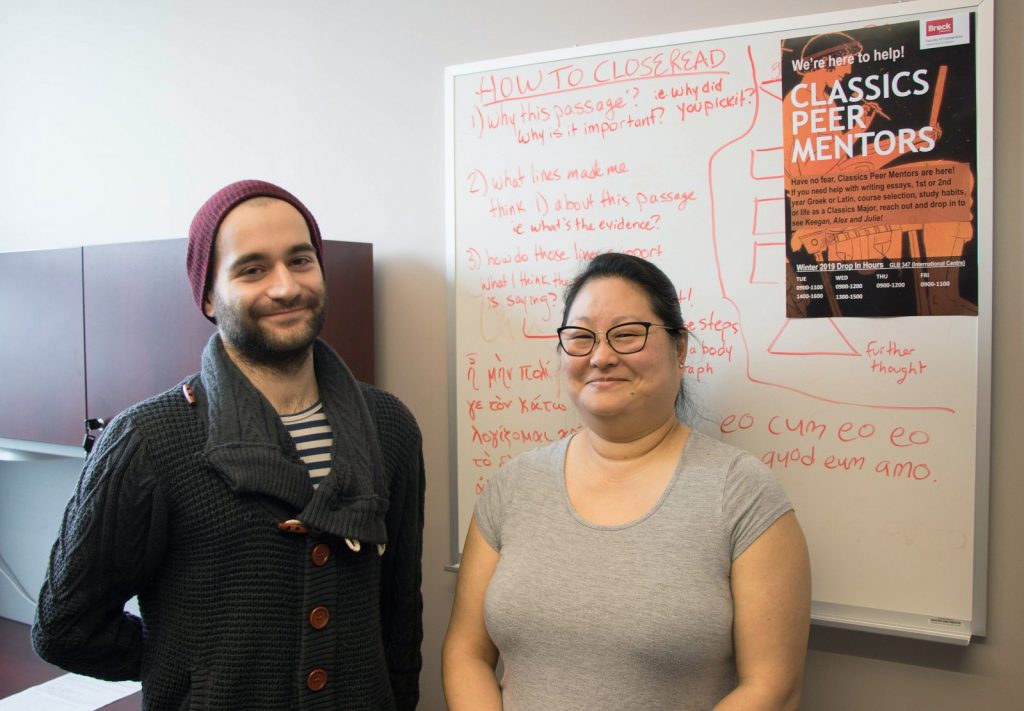
Through the Classics mentorship program, established in 2013, fourth-year students Aleks Mirosavljevic and Julie Simmonds offer support to their peers in Classics courses, such as Greek, Latin and context credit courses. Absent from the photo is fellow peer mentor Keegan Bruce.
Learning any new language can be a daunting task.
But learning a language that is no longer spoken, such as ancient Greek or Latin, comes with its own set of challenges.
The Department of Classics has found an effective way to help students through language courses, offering peer support to make the learning process easier.
“Each week in a language course builds on the previous week’s knowledge, so it can quickly become too complicated for students who fall behind, and they don’t know where to begin to correct things,” says Assistant Professor of Classics Roberto Nickel.
That’s where the Classics Peer Mentorship program comes in. Peer mentors are available in the department for drop-in help during the week.
“Students feel more comfortable asking senior students for help than professors,” Nickel says.
The peer mentorship program started in 2013 as a formalized way for first- and second-year language students to get help from senior students, but quickly expanded to include students seeking help with essay assignments in large Humanities context courses.
Chosen by faculty from among the graduating class, peer mentors have all previously used the mentoring services themselves.
Each mentor is available for two to three hours a week. Instructors share course essay assignments with the peer mentors, so they are better able to support students.
There are three peer mentors currently participating in the program: Julie Simmonds, Keegan Bruce and Alex Mirosavljevic.
Simmonds was motivated to become a peer mentor in part due to her own experiences coming to University as a mature student and using the service. She now enjoys helping students with essays, whether it’s developing a thesis, proofreading a draft or formatting their paper.
“I wanted to be able to help students with some of the knowledge I’ve gained over the last three years,” she says. “It’s a great service for students.”
The program is volunteer-based, although mentors are able to include the experience on their resumés and receive letters of reference from faculty for their work. The experience is valuable for future careers within education or that require mentoring or teaching skills.
Nickel points to the drop in attrition rates in the first-year Greek course as a sign of the program’s success. Prior to its inception, up to 30 per cent of students dropped the course each year. In recent years, that number has plummeted to zero, he says.
“The mentors and the students they are mentoring are peers,” says Nickel. “They’re of the same generation, with the same experiences in education. Professors have a different experience and their undergrad experience is further away. Peers understand what the students feel confident about and what they don’t.”
What: Peer mentoring in the Department of Classics
When: Tuesdays 9 to 11 a.m. and 2 to 4 p.m.; Wednesdays 9 a.m. to noon and 1 to 3 p.m.; Thursdays 9 a.m. to noon; Fridays 9 to 11 a.m.
Where: Department of Classics, GLB 347


